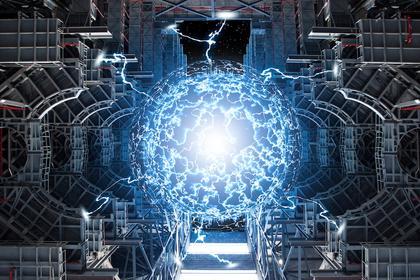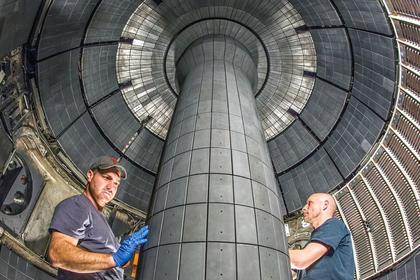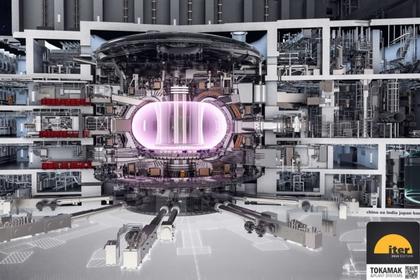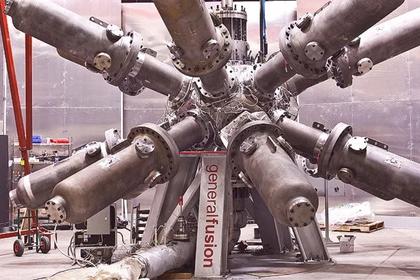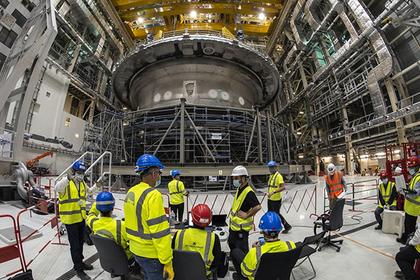FUSION WILL BE READY
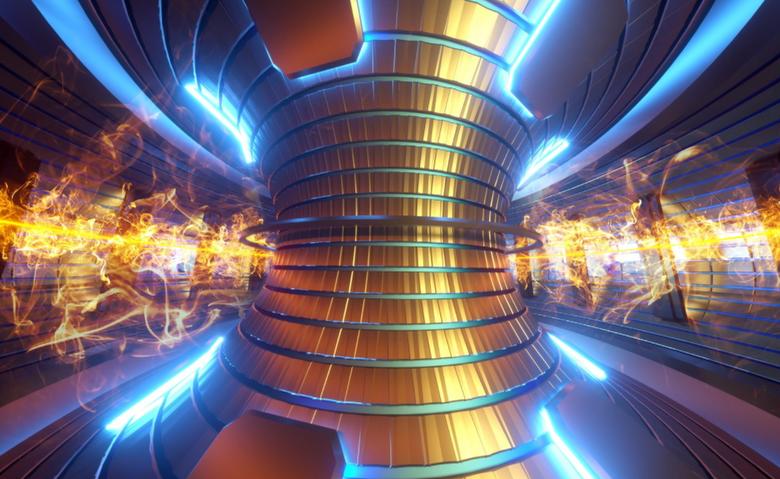
IAEA - 19 May 2021 - Scientists have been touting the potential of fusion energy since the 1920s, but until very recently commercial fusion had remained a distant dream. To better understand why, after decades of research, fusion is still not a part of the global energy mix, and why that is set to change, we spoke to Melanie Windridge, UK Director of the Fusion Industry Association, Communications Consultant for Tokamak Energy, and founder of Fusion Energy Insights.
Q: There’s an old joke that ‘nuclear fusion is the technology that is always 30 years away’ — is this true?
A: While that’s a classic fusion joke, it’s a bit sad because, in reality, progress is being made. Today, factors are coming together to accelerate advances in fusion. For one, the science has matured — we now have a good understanding of plasma physics, and concepts like tokamaks have achieved fusion reactions. On top of that, new technologies have come along like high-performance computing to improve plasma simulations and modelling; artificial intelligence and machine learning to optimize and control operations; and high-temperature superconductors that can produce much stronger magnetic fields to better confine fusion fuels. Today’s much more powerful and efficient lasers could boost inertial confinement fusion, and advances in manufacturing could help to bring down the costs of experiments and future power stations.
Importantly, there is now a greater appetite from the public for climate solutions, and governments are setting zero-emissions targets. There is also the fusion private sector, which to-date has attracted around US $2 billion in investment. The Fusion Industry Association has now grown to about 25 members, and even oil and gas companies are starting to show interest in fusion.
Q: To address climate change, many countries are aiming for large-scale decarbonization by 2030 and carbon neutrality by 2050. Will fusion come too late to make a difference?
A: The Russian physicist Lev Artsimovich once said, “Fusion will be ready when society needs it.” I think that’s true. Ideally, we would have solved fusion 30 years ago and today it would be ready to roll out. But conditions in the past weren’t right for fusion, and there wasn’t the right kind of drive or possibility for it.
So even if fusion isn’t online in time to contribute to the 2050 targets, it will be needed in the second half of the century when energy demand will be even greater. But we need to push hard now, with the aim of getting fusion on the grid before 2050.
Q: What barriers do you think could hold the technology back and how can they be avoided?
A: There is a variety of challenges we must overcome, and they come at different stages. The first is getting more energy out of a fusion reaction than we put in. We call that milestone ‘breakeven’. After exceeding the breakeven point, we need to build a pilot plant that can generate electricity. Once that’s a success, we can plan for a commercial rollout.
Between breakeven and first electricity there are technical barriers, such as how to extract the energy and breed more tritium fuel. Fusion’s environment is also demanding in terms of materials. It requires extreme heat and cold if you’re using superconducting magnets, as well as strong magnetic fields. The energetic neutrons are the most problematic though, as they can be very damaging to materials. It’s thus very likely that we’ll have to replace certain components of power stations from time to time, so we need to engineer a machine in which that can be done quickly, easily and economically.
Beyond physics and engineering, the fusion community also needs to talk to governments about regulation so that, when we’re ready to build, there won’t be licensing roadblocks. Finally, there is the element of public acceptance and ensuring that people are on board with developing fusion too. We need to think about all of these issues and start talking about them now. And, actually, we are.
Q: Today, almost 800 million people live without reliable electricity access. Is nuclear fusion a solution for these people and what is the sector doing to involve developing countries?
A: When the international fusion project, ITER, was first conceived in that famous Reagan-Gorbachev fireside meeting in Geneva, 1985, they said they wanted fusion for all of humankind, and that’s still the goal. ITER is planning an educational programme that’s open to all countries, with the aim of building the future fusion workforce. This will be important if we are planning on rolling out fusion around the world.
Public–private collaboration is now starting to come into place that will help reduce costs and share risks. In developing countries this public–private cooperation will be particularly important and will likely require intergovernmental assistance.
Q: Physics and nuclear are fields typically dominated by men. What’s being done in fusion to ensure a more gender-balanced industry?
A: People have been aware of the gender imbalance in physics and fusion for a long time, and there have been initiatives to change it, but it’s going to be a slow, multi-generational process.
For almost 20 years now, I’ve been involved in initiatives aimed at trying to change gender perceptions. In some of the big labs, they are actively trying to address the gender issue through programmes aimed at improving diversity and creating networks to increase inclusivity. For private companies, which tend to be very small, it’s more challenging.
It’s not just what labs can do, though, but also what we can do as individuals. I recently started @womeninfusion on Instagram, to show women working in the field and help encourage the next generation of girls to pursue physics.
-----









